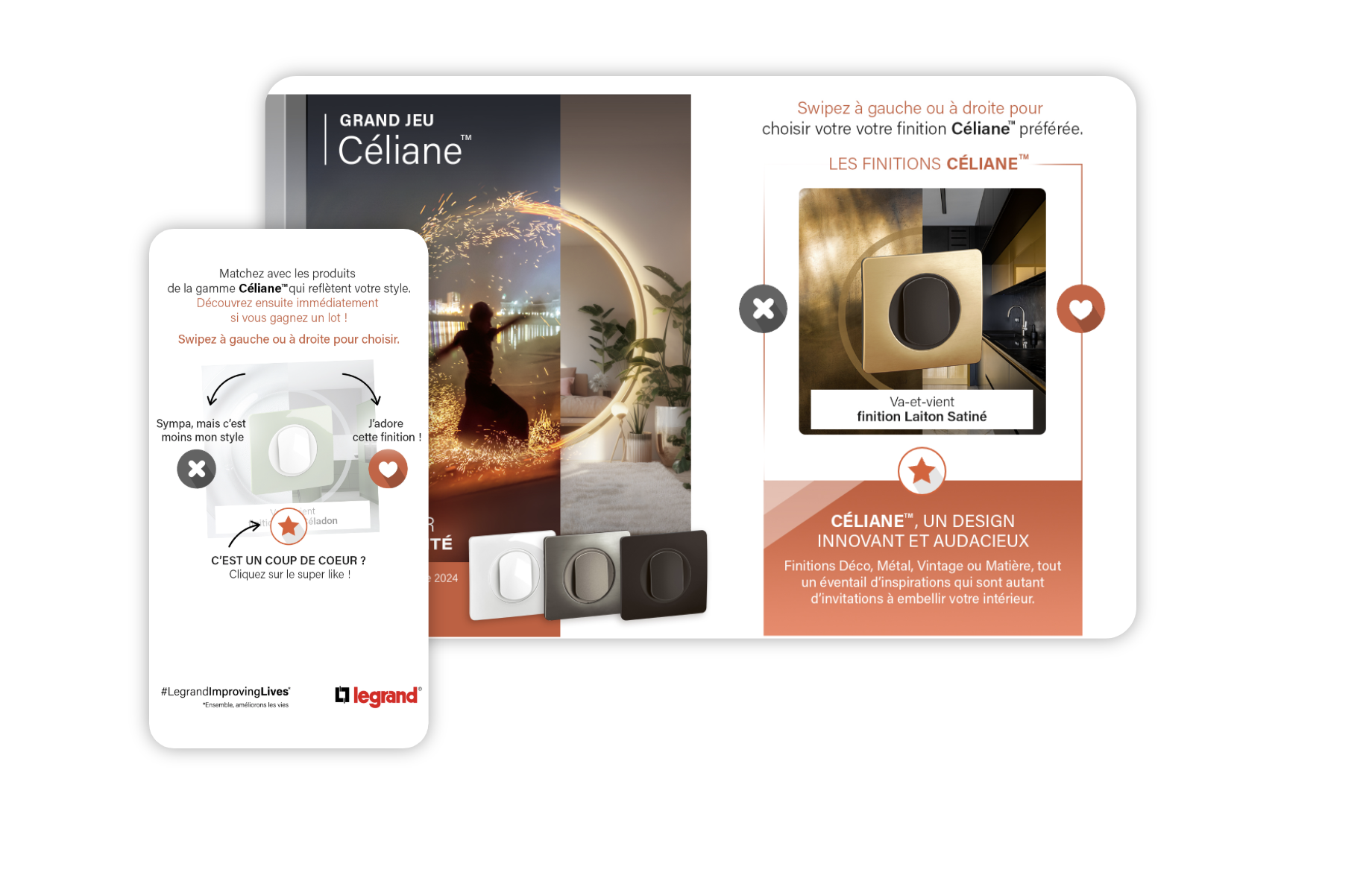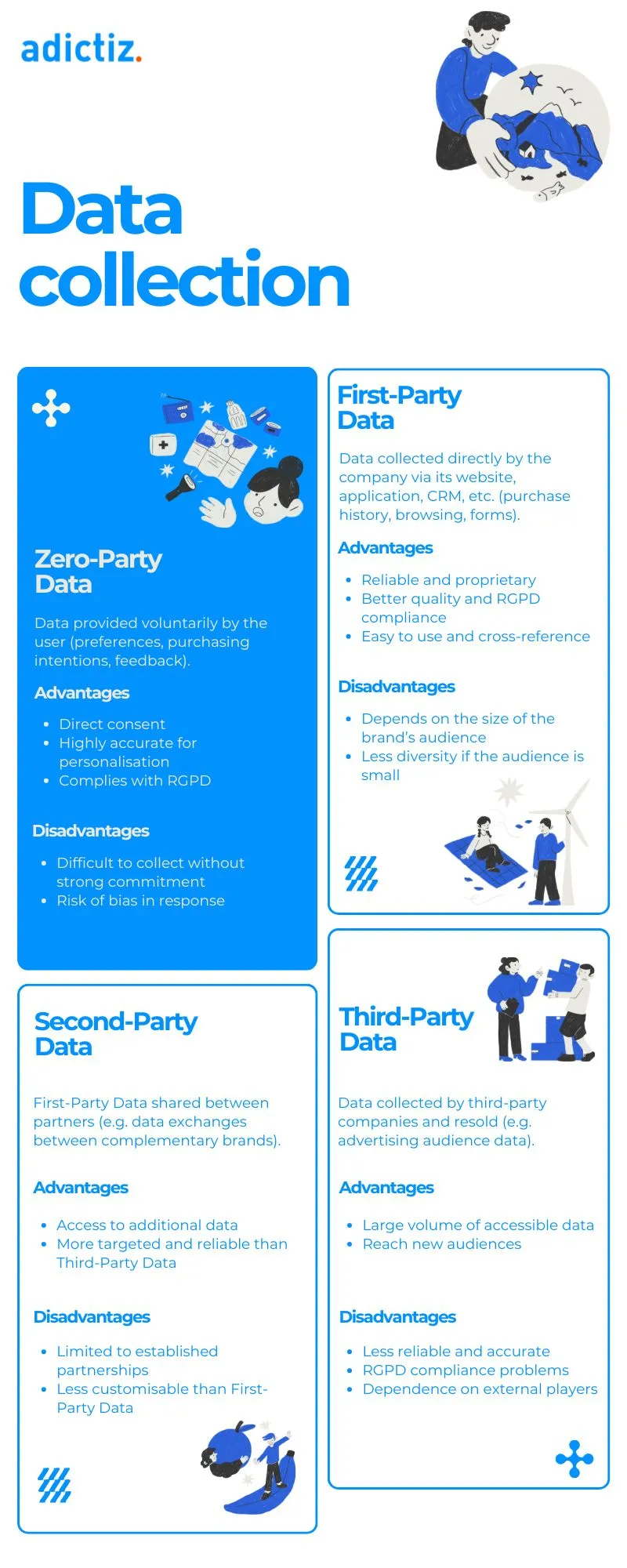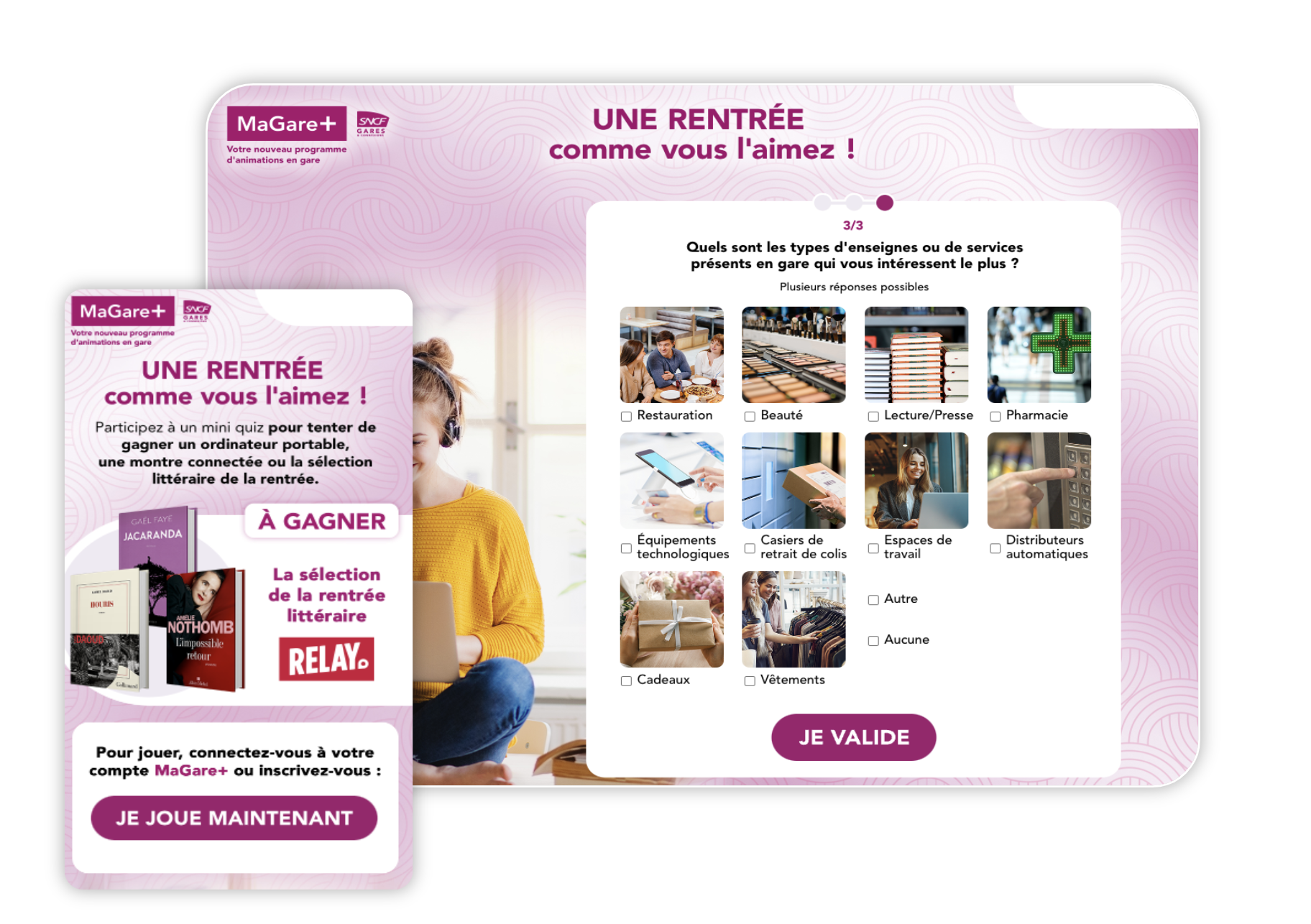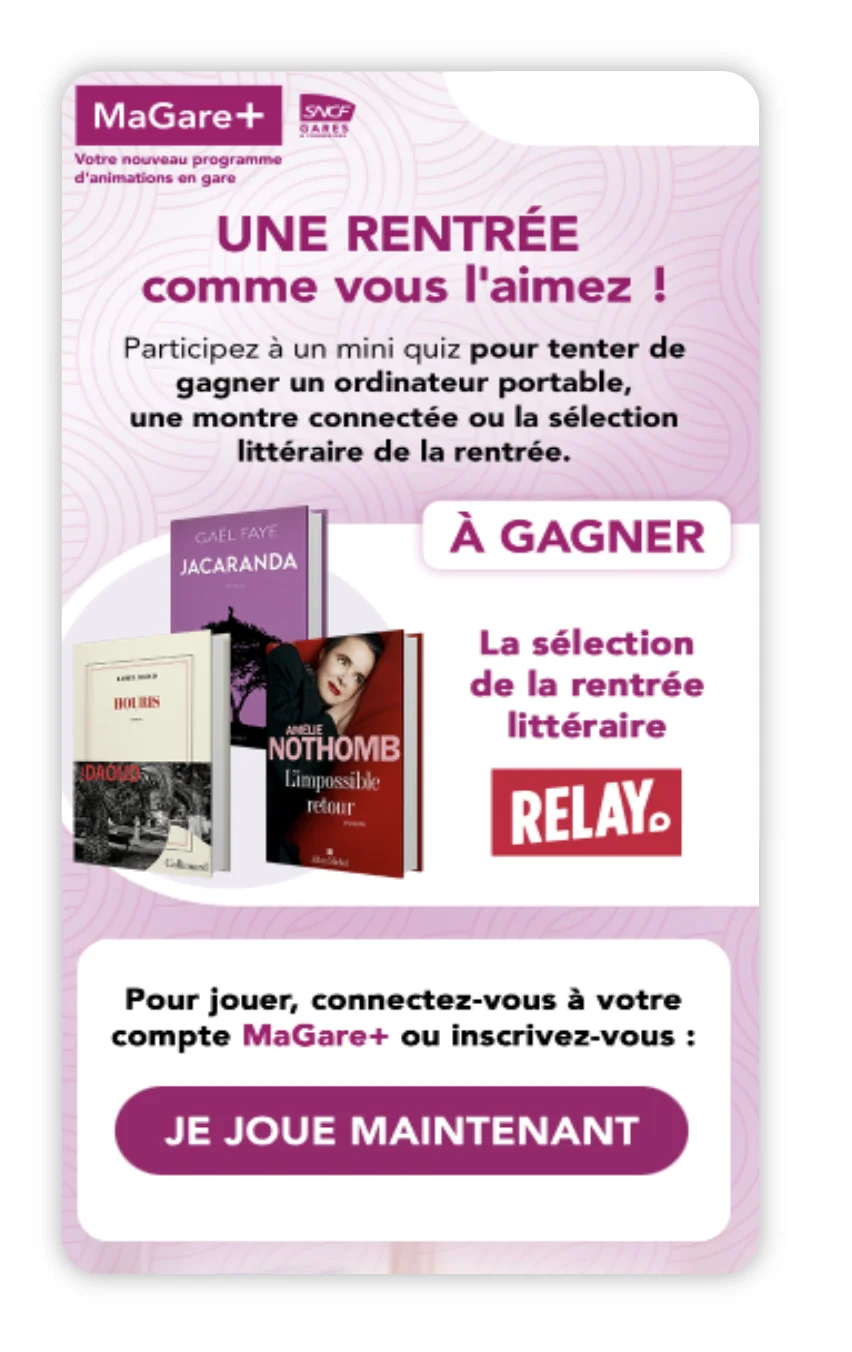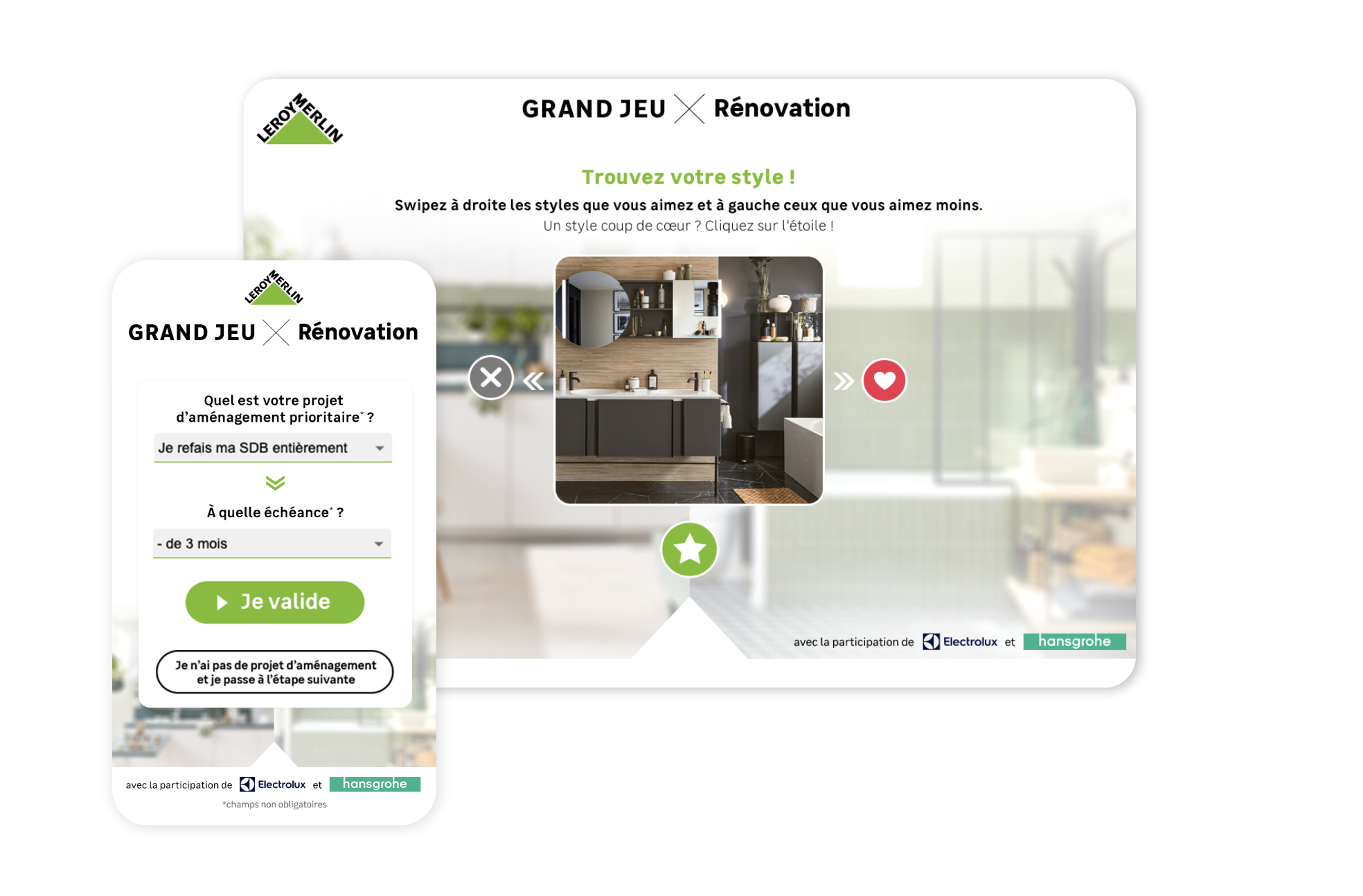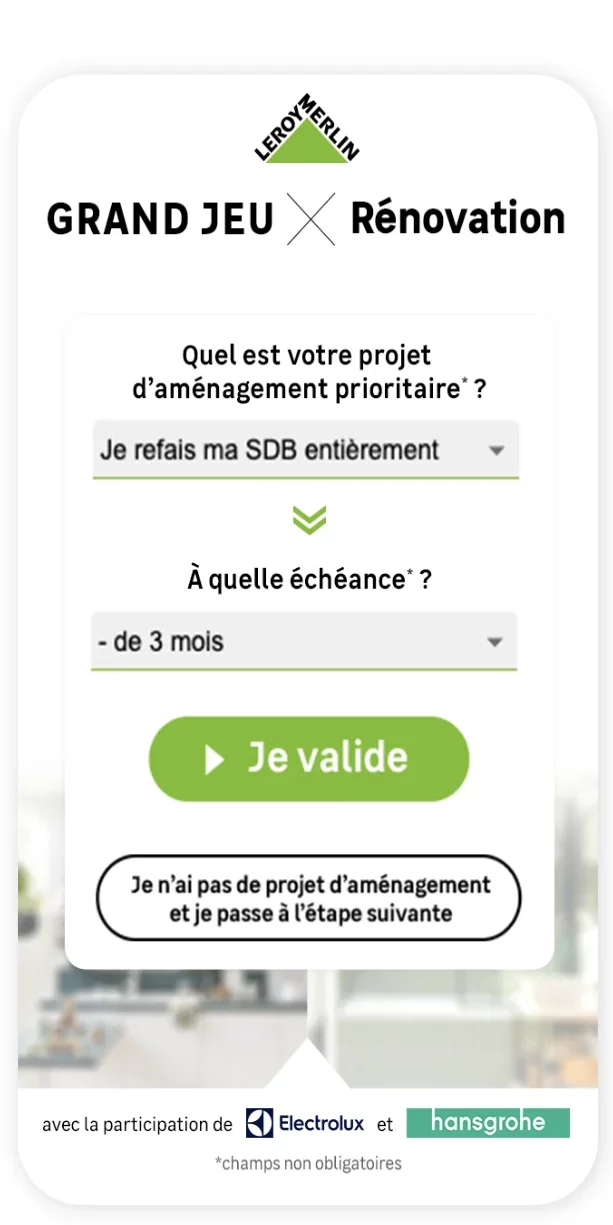
User Generated Content: how can it enhance your marketing strategy?
Developments in technology and usage have largely transformed the way brands address their prospects and customers. Using product-oriented content or content influenced by end-consumers (user generated content) for content marketing is a strategy that is highly appreciated by brands.
Here are some best practices for optimising this new marketing lever tjat is UGC.
Create optimum conditions for publication and distribution
Blogs, forums, social networks, photo and video sharing platforms… user-generated content is disseminated across a wide range of media. Gather your community around a multi-channel marketing campaign and manage all the content published by your users to take full advantage of this strategic communication channel for your brand!
Get your community interested
Consumers are all too often exposed to advertising messages that interrupt their daily lives. Capture your audience’s attention with a fun, interactive game. Put the user experience back at the heart of your strategy to encourage them to produce high value-added content about your brand. It’s the ideal way to encourage interactivity and increase your appeal!
Vary the level of commitment
Encourage your community to create User Generated Content, share ideas and opinions, or spread your content on their favourite social networks. DIY, photos, text or video… Appeal to their creativity and boost their involvement! Using games on a regular basis allows you to maintain a relationship with your users and gain in authenticity.
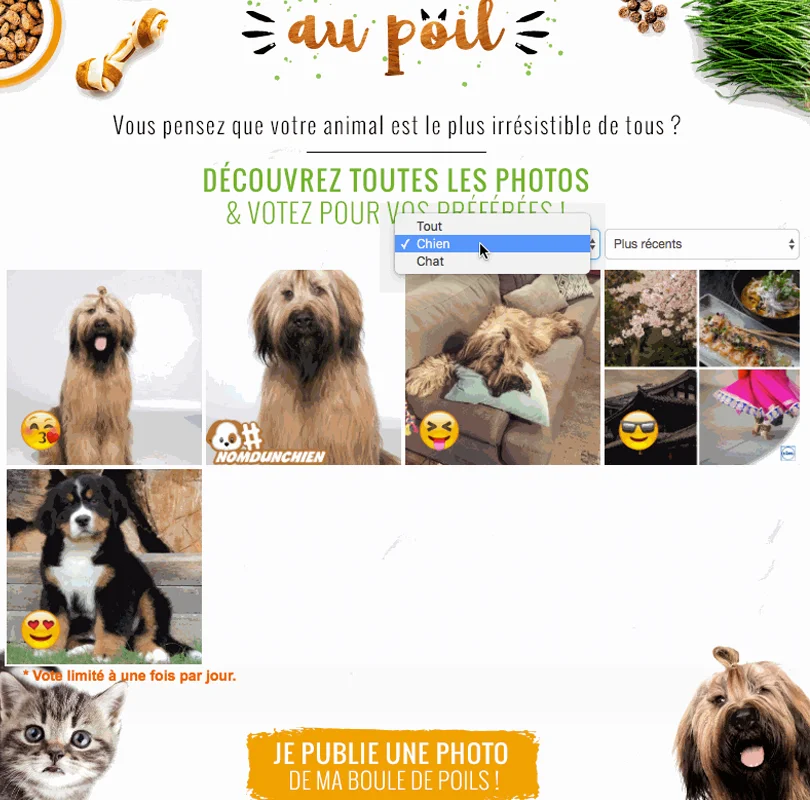
Exploit the data collected
Benefit from the richness and diversity of the content produced by your users to assess the awareness of your products and deepen your customer knowledge. Analyse the frequency and visibility of publications to identify your community’s influencers and interactions. Promote those who play the game and turn these customers and prospects into brand ambassadors!




